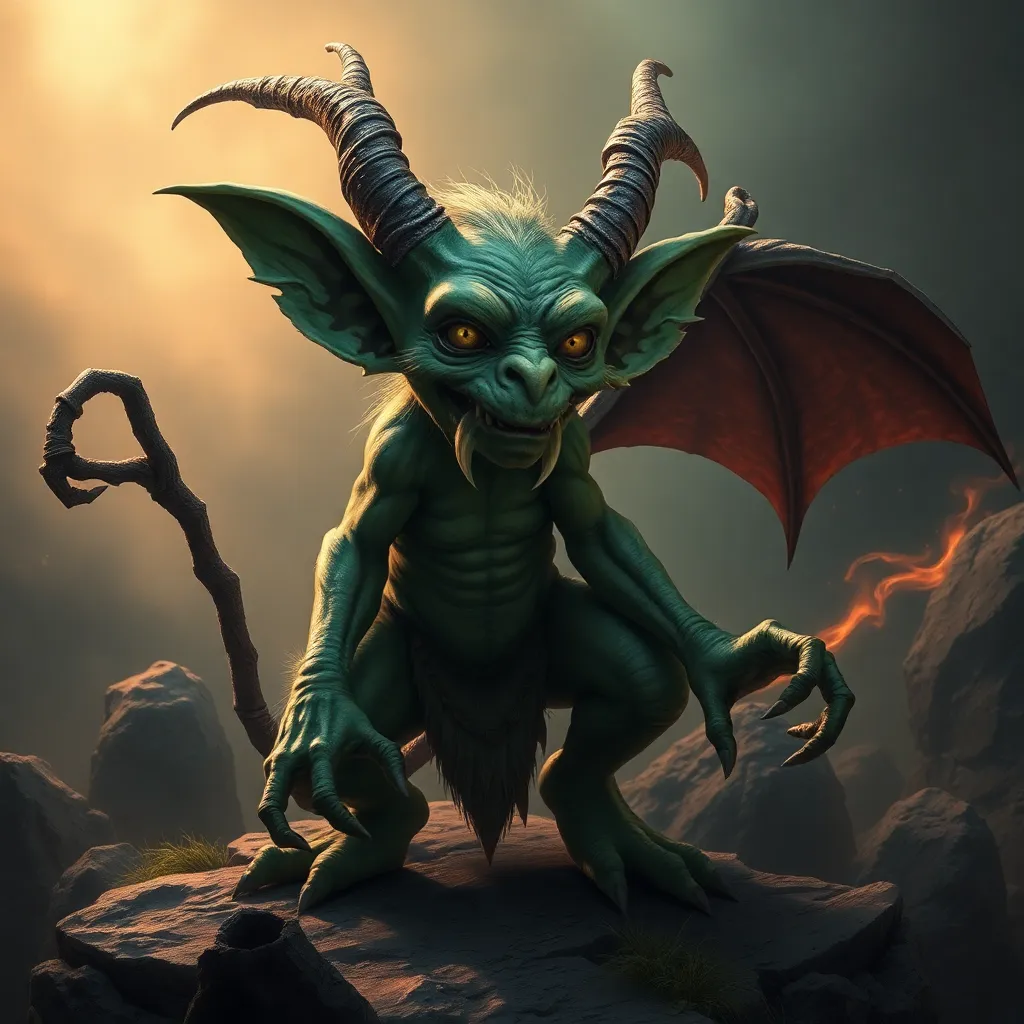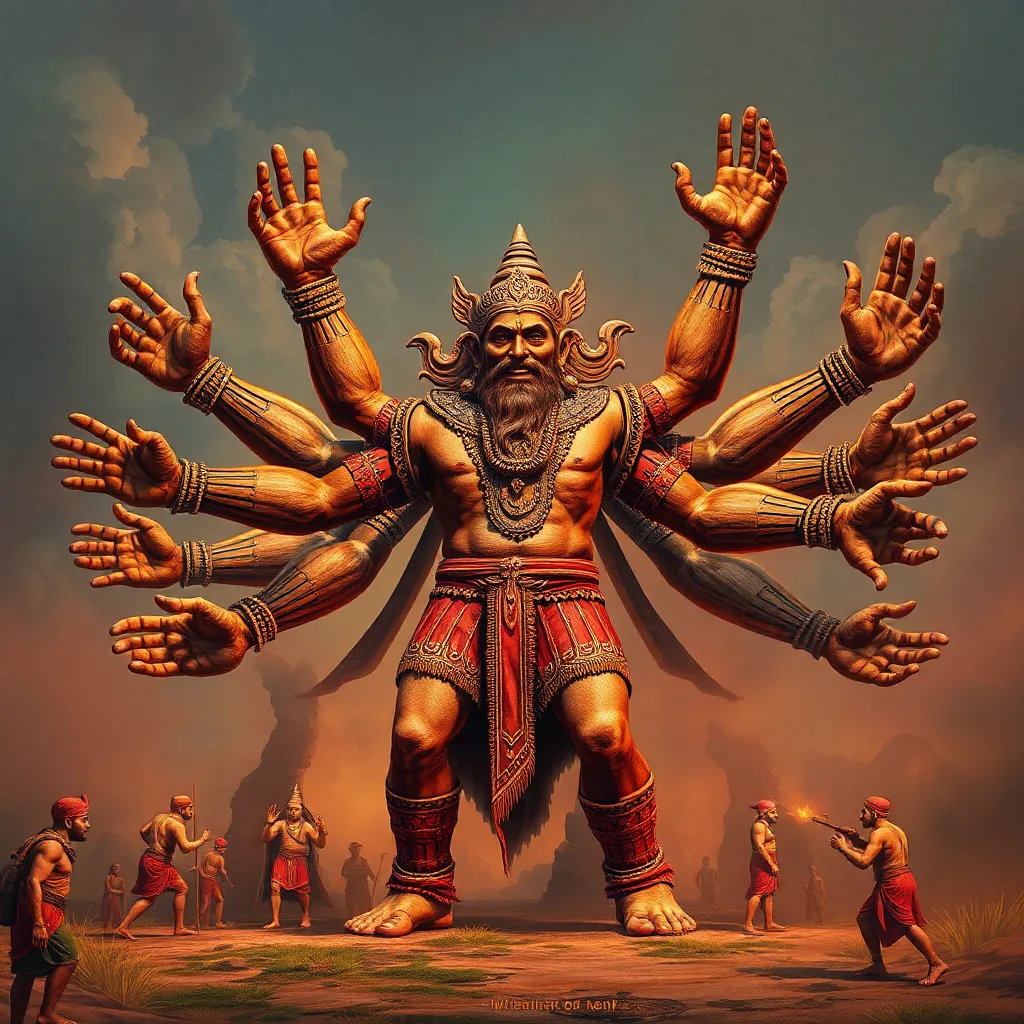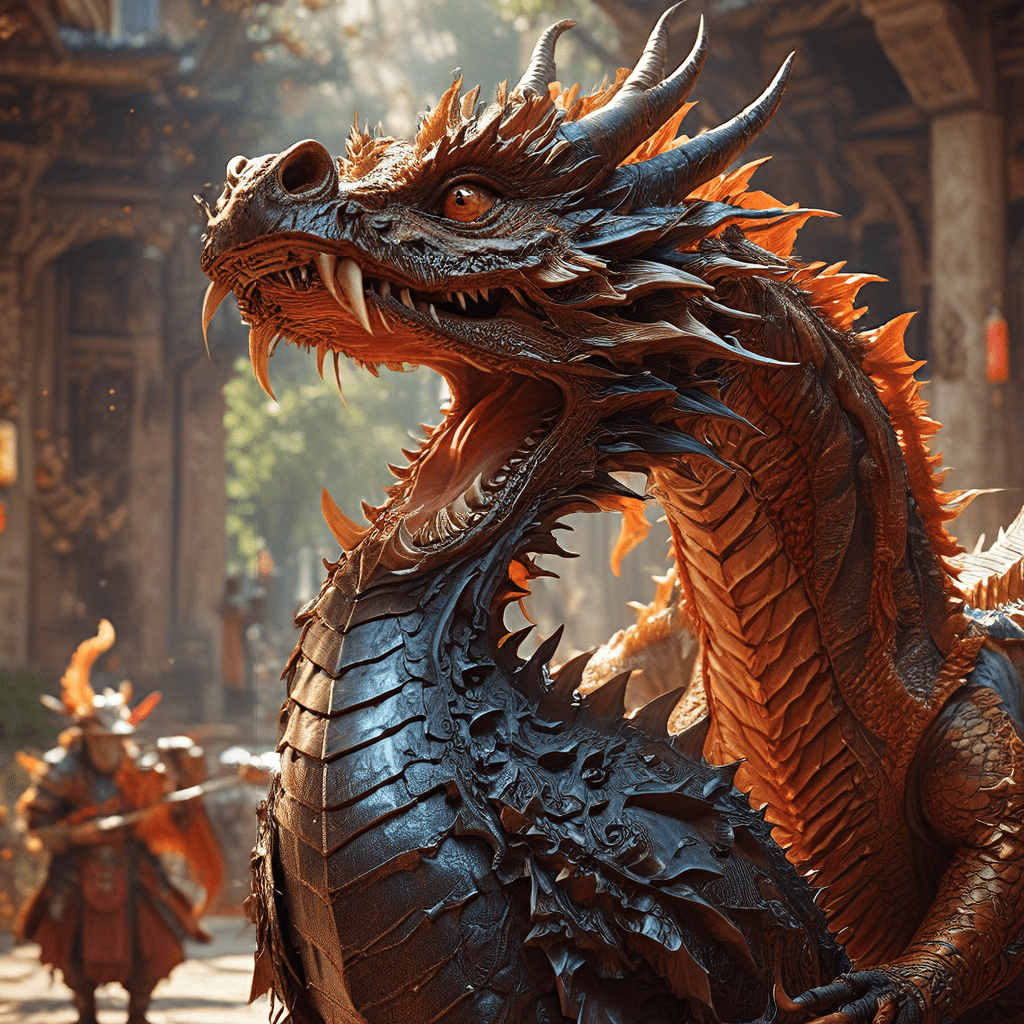From Goblin to Gremlin: Tracing the Evolution of the Mythological Creature
I. Introduction
Mythological creatures have long captivated the human imagination, serving as both cautionary tales and sources of entertainment. Among these, goblins and gremlins stand out for their distinctive characteristics and roles in folklore and popular culture. Goblins are often depicted as mischievous and malevolent beings, while gremlins have evolved into symbols of chaos linked to technology. This article aims to explore the evolution of these creatures, tracing their historical origins and examining their cultural adaptations.
II. Historical Origins of Goblins
The origins of goblins can be found in early European folklore, where they were depicted as small, grotesque creatures that thrived on mischief and mayhem. These depictions varied across regions, influenced by local customs and beliefs.
- Early depictions: Goblins first appeared in texts from the Middle Ages, often portrayed as troublesome spirits who would haunt homes and farms.
- Characteristics: Typically, goblins were described as greedy, cunning, and sometimes violent. They were known for stealing food and livestock, causing disruptions in daily life.
- Cultural context: The portrayal of goblins often reflected societal fears of the unknown and the consequences of human folly, serving as a metaphor for the chaos that could ensue from greed and selfishness.
III. The Transition to Gremlins
The concept of gremlins emerged in the 20th century, primarily during World War II. These creatures were born out of a need to explain the unexplained mechanical failures and accidents that plagued aircraft during the war.
- Emergence of gremlins: The term “gremlin” was popularized among British Royal Air Force pilots, who blamed these mischievous creatures for mechanical failures.
- Historical events: The rise of aviation and the technological advancements during the war set the stage for gremlins to become symbols of the unpredictable nature of machinery.
- Comparison: While goblins are rooted in ancient folklore, gremlins represent a modern twist on the idea of mischievous beings, transitioning from folklore into the realm of technology.
IV. Cultural Adaptations and Variations
Both goblins and gremlins have been adapted in various cultures, each reflecting unique societal values and fears.
A. Goblins in Different Cultures
Goblins can be found in various cultures around the world, each with its own interpretation:
- German folklore: Known as “Kobolds,” these creatures could be helpful or harmful, often depending on how they were treated by humans.
- Japanese folklore: The “Yokai” includes a variety of supernatural creatures, some of which share traits with goblins, such as trickery and mischief.
- Irish folklore: The “Leprechaun” is a type of goblin known for its association with hidden treasures and trickery.
B. Gremlins in Wartime Narratives and Media
Gremlins became a cultural phenomenon, especially during and after the war, often depicted as playful yet destructive beings in various media.
- Literature: The character of gremlins gained popularity in children’s books and comics, portraying them as whimsical creatures causing havoc.
- Film: The 1984 film “Gremlins” solidified their place in popular culture, blending horror and comedy to showcase their chaotic nature.
V. The Role of Literature and Film in Shaping Perceptions
Literature and film have played significant roles in shaping the public’s understanding of goblins and gremlins.
A. Notable Literary Works
Numerous literary works have featured goblins and gremlins, influencing their portrayal:
- Goblins: J.R.R. Tolkien’s “The Hobbit” features goblins as malevolent creatures living in the dark, echoing traditional folklore.
- Gremlins: Roald Dahl’s stories often include whimsical creatures that reflect the chaos of childhood, akin to gremlins in spirit.
B. Influence of Films
Films have brought these creatures to life, often amplifying their characteristics:
- Gremlins (1984): This film introduced a new generation to gremlins, showcasing their transformation from cute creatures to chaotic monsters.
- Animated adaptations: Various animated series have also included goblins and gremlins, reinforcing their playful yet troublesome nature.
C. Iconic Representations in Modern Media
Modern media continues to reimagine these creatures, making them relevant to contemporary audiences:
- Video games: Titles like “World of Warcraft” feature goblins as cunning merchants and engineers, showcasing their adaptability.
- Merchandising: The gremlins have been adapted into toys and collectibles, highlighting their enduring appeal.
VI. Symbolism and Themes Associated with Goblins and Gremlins
The symbolism surrounding goblins and gremlins reflects deeper themes in human psychology and society.
A. Goblins as Symbols of Mischief and Chaos
Goblins often represent the chaos within society, acting as a mirror to human flaws:
- They symbolize the consequences of greed and selfishness.
- Goblins’ trickster nature highlights the unpredictability of life.
B. Gremlins as Representations of Technological Disruption
Gremlins embody the anxieties surrounding technology:
- They represent the fears of losing control over machines.
- Gremlins serve as a reminder of the fragility of human-made systems.
C. Psychological Interpretations
From a psychological standpoint, both goblins and gremlins can be seen as manifestations of inner turmoil:
- Goblins may represent the darker aspects of human nature.
- Gremlins could symbolize the fear of the unknown and the uncontrollable.
VII. The Modern-Day Reimagining of Goblins and Gremlins
In recent years, goblins and gremlins have experienced a resurgence in various forms of media.
A. Current Trends in Fantasy Literature
Contemporary fantasy literature often reinterprets these creatures:
- Goblins are frequently depicted with more complexity, sometimes as sympathetic characters.
- Gremlins are often infused with humor, making them relatable in modern narratives.
B. The Role of Video Games and Interactive Media
Video games have played a crucial role in the resurgence of these mythological creatures:
- Players encounter goblins as both enemies and allies, showcasing their dual nature.
- Gremlins appear in various titles, often as comic relief or as antagonists.
C. How Contemporary Portrayals Differ
Modern portrayals diverge significantly from traditional myths:
- Goblins are often shown as clever and resourceful, subverting their malevolent reputation.
- Gremlins are depicted in a more humorous light, appealing to generational nostalgia.
VIII. Conclusion
The journey from goblin to gremlin illustrates the dynamic nature of mythological creatures and their capacity to evolve with society. From their historical origins steeped in folklore to their contemporary reimaginings in media, goblins and gremlins continue to captivate audiences worldwide. The enduring fascination with these creatures reflects humanity’s fears, values, and the complexities of the human experience. As we look to the future, it is likely that the mythos of goblins and gremlins will continue to adapt, finding new meanings and forms in the ever-changing landscape of popular culture.




